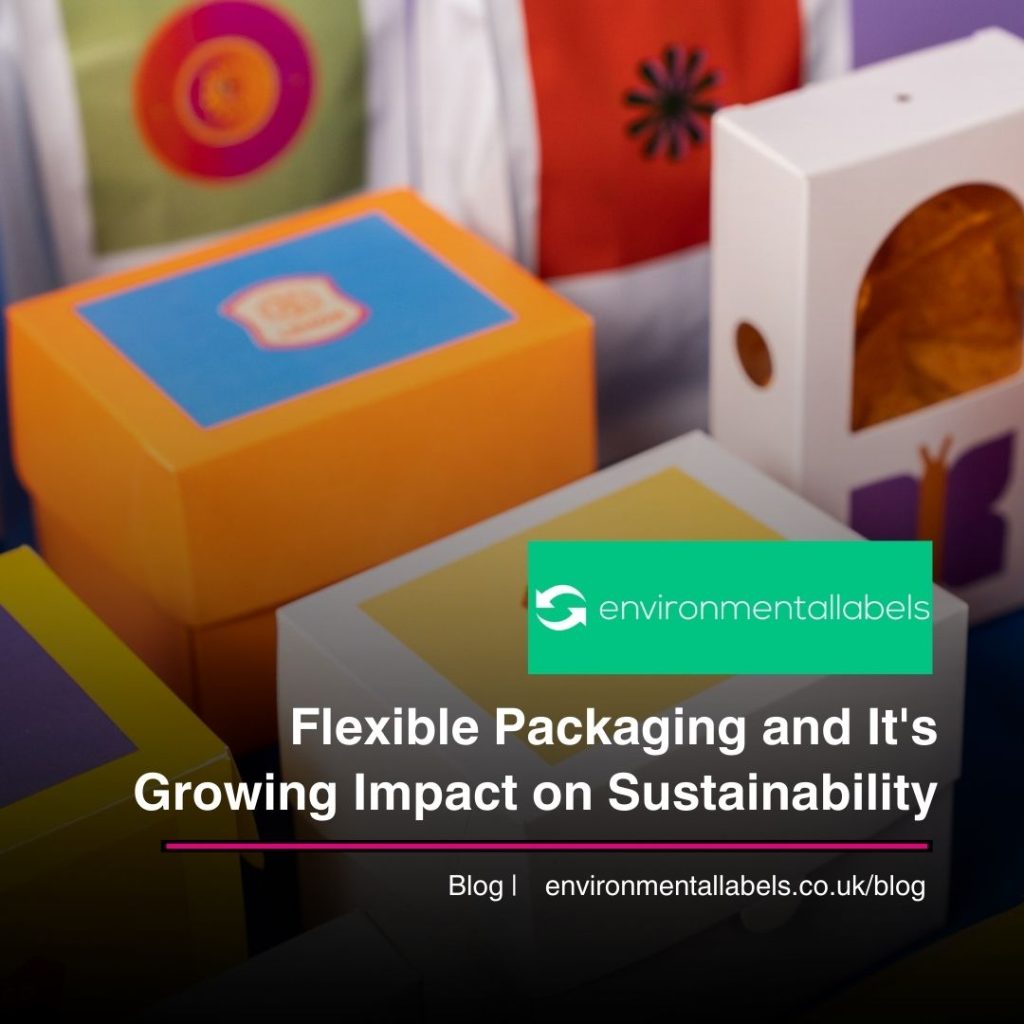The global flexible paper packaging market is rapidly evolving, projected to reach an impressive USD 78.25 billion by 2033 from USD 50.68 billion in 2023. This significant growth is driven by the increasing shift towards sustainable packaging solutions, fuelled by rising consumer demand, stringent regulations, and innovative product developments. The market is expected to grow at a compound annual growth rate (CAGR) of 4.58% between 2024 and 2033, indicating a robust upward trajectory for the sector.
Flexible packaging offers significant benefits, specifically because of lower energy consumption during manufacturing and transportation. This results in reduced greenhouse gas emissions and decreased reliance on fossil fuels. In contrast, traditional materials like glass, rigid PET, and steel boxes demand substantial amounts of water and fossil fuels for production. A McKinsey report highlights that flexible plastic packaging outperforms non-plastic alternatives in greenhouse gas emissions across five categories.
Nevertheless, the environmental advantages of flexible packaging come with limitations. While it can substantially reduce a company’s carbon footprint, it does not fully address the issue of plastic waste pollution. Effective recycling of packaging after use is crucial for reducing environmental impact. The shift towards a circular plastics economy is essential to tackle plastic waste. However, biodegradation is not favoured in developed countries due to their established waste management systems and lack of advanced biodegradable technologies. Conversely, developing countries like India may need an additional 15-20 years to achieve efficient waste segregation and collection, making biodegradable packaging solutions for uncollected waste necessary.
Consumer behaviour is vital in driving systemic change in the flexible packaging industry. Although governments and brand owners focus on sustainable practices, consumers must actively support these transformations. Transitioning to bio-based packaging materials involves more than simply swapping materials; it requires a comprehensive rethinking of our approach to packaging. This shift includes designing systems that minimise waste, prioritise recyclability, and support a circular economy where resources stay in circulation for as long as possible.
The rising demand for sustainable packaging has made flexible paper packaging a highly sought-after option. A growing number of brands are recognising the benefits of paper-based packaging over traditional plastics. The material is robust, safe for food, and can be easily printed on using both digital and analogue printing technologies. This versatility makes it suitable for a variety of packaging needs, such as pouches, flow wraps, and bags, offering significant flexibility for manufacturers.
The cost-effectiveness of flexible paper packaging is also a major advantage. Not only does it provide longer shelf life for products, but it also helps brands reduce their carbon footprint, given the ease of recycling and lower emissions in production processes.
Several key trends are expected to shape the future of the flexible paper packaging market from 2025 onwards:
1. Innovative Coatings: Recent advancements in coating technologies have allowed flexible paper packaging to become more resistant to external factors like moisture. These coatings enhance the durability and overall performance of paper packaging, making it a viable option for liquids and perishable goods.
2. Digital Printing Revolution: The rise of digital printing has transformed the industry by offering greater customisation options. Brands can now create personalised, visually appealing designs on flexible paper packaging, improving product branding and consumer engagement.
3. E-commerce Growth: With the increasing prevalence of e-commerce and online shopping, lightweight packaging like flexible paper is becoming more popular due to its convenience, cost-saving potential, and the reduced waste generated during shipping.
4. Sustainability Focus: Companies across various industries are pushing for sustainable packaging solutions. In the food & beverage industry, for example, there is a growing shift towards using paper-based materials to replace plastic, which is heavily influenced by consumer preferences for eco-friendly options.
In Europe, regulatory frameworks and governmental initiatives supporting sustainable packaging practices have positioned the region as another critical market for flexible paper packaging. European consumers are increasingly adopting eco-friendly options, leading to the growth of sustainable packaging solutions across industries.

